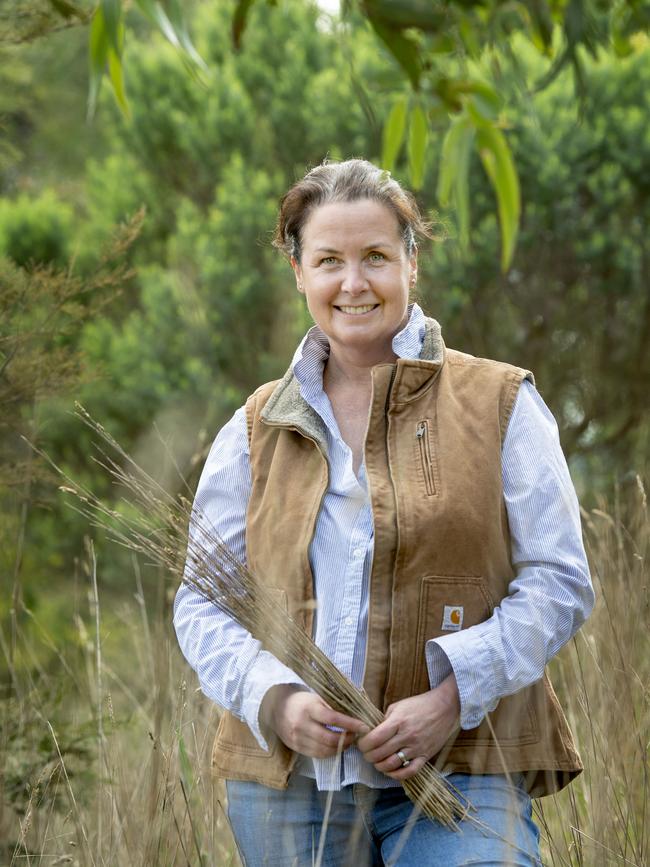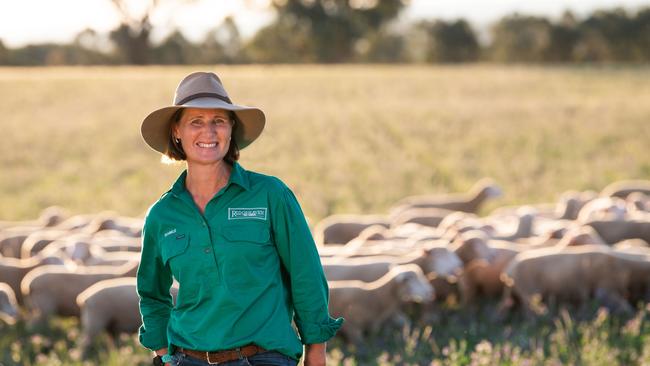Farmers grapple with insurance crisis
The lift in insurance premiums of more than 200 per cent in recent years is causing some farmers to underinsure or drop policies altogether.
Australian farmers are grappling with an insurance crisis with some choosing to underinsure or drop policies altogether in the wake of hefty price hikes.
The lift in premiums of more than 200 per cent in recent years for some is the latest in a raft of spiralling costs putting pressure on farming businesses, including interest rates, council rates and production inputs.
The Weekly Times understands some large grain growers are facing six-figure bills based on substantial machinery inventories.
While dropping insurance could be considered for those who own assets outright, those who have finance on machinery do not have that option.

Cattle producer Olivia Lawson from Paringa at Yea said their annual farm insurance policy had gone up 215 per cent between 2018 and 2023, and she was expecting another big rise when she renewed it soon.
She believed fellow producers would almost certainly be reducing insurance to save on costs.
“Producers have been impacted in the past two years by increased costs of production, an almost 200 per cent increase in interest rates, plus insurance hikes,” Ms Lawson said.
“A few years ago we decided to remove the fencing cover to reduce total farm insurance premium.
“Despite the saving of over $10,000 over that time, we still pay more than twice the total amount from 2018.
“We as a society are all paying more, indexed across the country despite not being affected by the same level of extreme weather events.
“Saying that, we are prone to bushfire risk, and have been impacted by more extreme storms.”
Birchip Cropping Group director Brett Hosking, who farms at Quambatook, said insurance price hikes had been “significant”.
“We are hearing a lot of stories of people thinking carefully about what they insure,” Mr Hosking said.
“Machinery is something they are keeping relatively good cover on particularly with harvesters, trucks, air seeders and sprayers where there is a business interruption risk.
“But they are looking at things like buildings and silos and how they insure them.”

Mr Hosking said he was thinking about self-insuring his crop this year rather than forking out a big premium to “wear a bit more risk myself”.
In central western NSW, Cudal lamb producer Isabele Roberts said high premiums were not the only issue with insurance.
Ms Roberts, whose family runs a lamb/cropping enterprise, said many policies did not recognise the true value of assets.

And she said it was galling that despite high premiums, there were things that seemed to slip through when claims needed to be made.
“It is really frustrating that you can’t claim when you have something catastrophic happen,” Ms Roberts said.
“And if you have cover, the chances are that if you have not been really careful in working out the value of assets that you won’t be able to rebuild them to the level you would like.”
A spokesman for Acmea Insurance, a company founded in Netherlands by farmers, said there was a range of factors and risks that contributed to the cost of insurance. These included the location and construction of the farm, what risks were attributed to the business, the type of cover and excesses selected and the mitigation strategies in place.
But the average cost of farm insurance had increased against the backdrop of several market factors like the rising cost of replacement machinery such as tractors and harvesters, an increase in reinsurance costs and the increasing frequency and severity of catastrophes.
“As a specialist agricultural insurer with a co-operative heritage, we understand the affordability of insurance is important,” the spokesman said.
“This is why we work hard to only pass on necessary premium increases.”
The spokesman said destruction caused by recent catastrophes had “reinforced the importance of adequate and up-to-date insurance and the risk of non-insurance or under-insurance poses when an event or claim occurs.
He said it was common for banks to require a certain level of insurance on assets that they loaned money against.
“That is why we encourage farmers to speak with their banks directly to ensure they meet their specific insurance requirements from their bank/lender,” the spokesman said.




